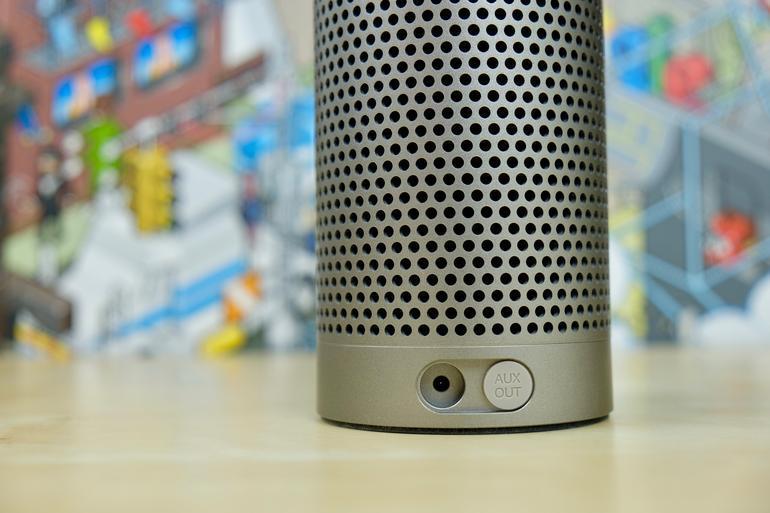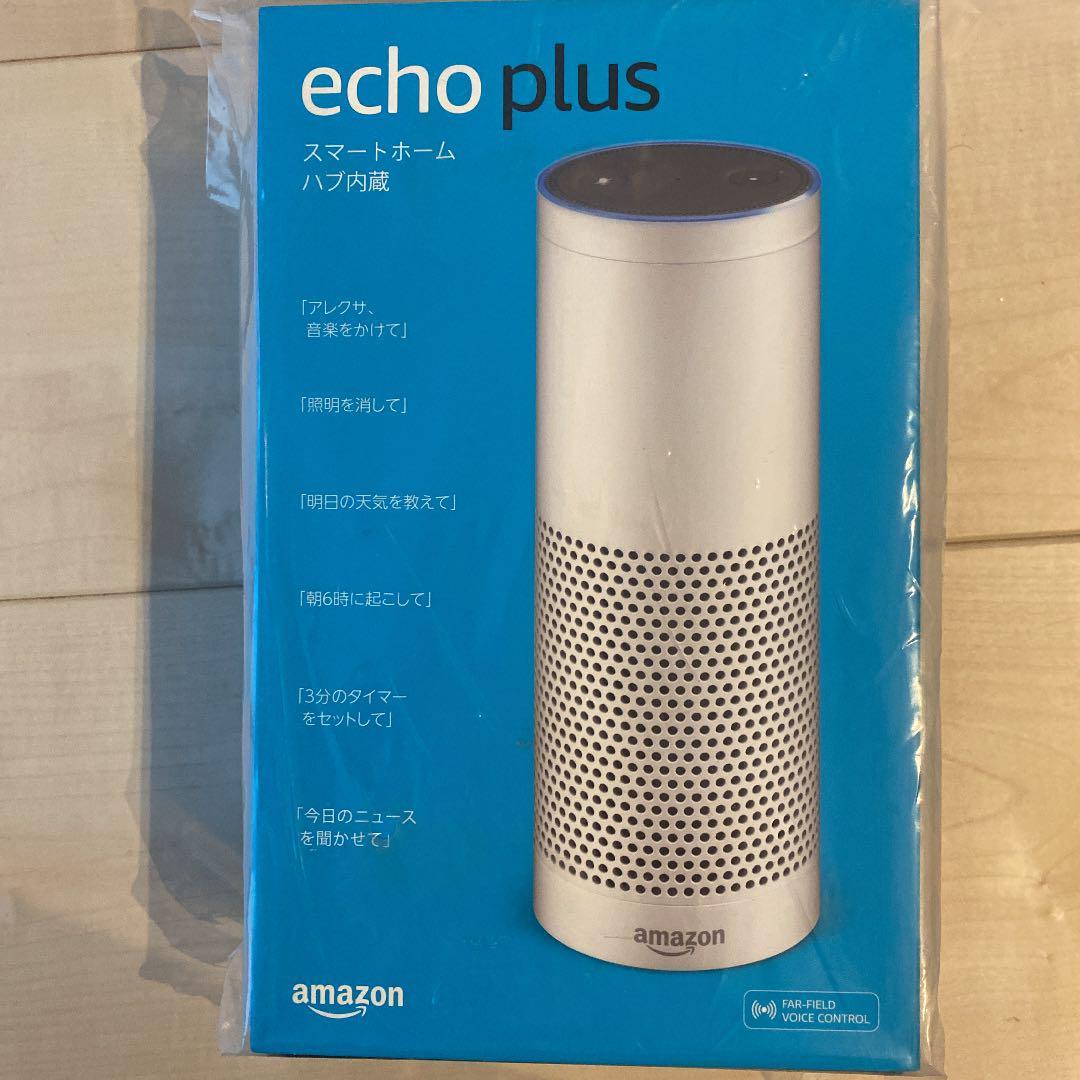"Portable Wi-Fi" Review
25/03/2022

Before the holiday season, Amazon announced a new lineup of smart speakers "Echo". "Amazon Echo" is the center of the series, but "Echo Plus", which is larger and has slightly more functions, is positioned as a model for those who do not need it until "Echo Show" (not yet released in Japan) with a touch screen. Has been done. Currently sold by invitation in Japan.
The Echo Plus is already on the market in the US and I've been using it for the past few weeks. I also tried a "ZigBee" compatible home automation device that can be used with the smart home hub built into the Echo Plus. For users who have been struggling with smart home hubs and bridges and struggling with device incompatibilities between different manufacturers, the Echo Plus is, in theory, a dream come true. In fact, the Echo Plus can do a good deal of that dream, but it doesn't happen if you let it go.
The appearance of the Echo Plus is similar to the original Amazon Echo (not yet released in Japan). Both are tall, cylindrical devices with a height of 9.3 inches (235 mm) and a diameter of 3.3 inches (84 mm).

The body color of the original Echo was only black, but with the Echo Plus, silver and white have been added. The light ring on the top of the Echo Plus also doubles as a volume control. I prefer the volume control with the push button on the top of the Echo.
Echo Plus comes in three colors: silver, white, and black. Provided by: CNET
There are only two buttons on the top of the Echo Plus, and besides the microphone off button, there is only an action button that activates "Alexa."
Except for the body color, the only difference between the original Echo and the Echo Plus is the back. In addition to the power port, the Echo Plus has a 3.5mm audio output terminal. The first Echo had a power cord connected to the bottom of the main unit.
You can connect to your speaker from the audio output terminal. Courtesy: Jason Cipriani / ZDNetI don't really like the overall look and design of the Echo Plus. I like the customized color options offered in the US version of the Echo, and I'm hoping that the Echo Plus will have new options as well.
Courtesy: Jason Cipriani / ZDNetThe biggest selling point of the Echo Plus, which Echo does not have, is that it can also be a smart home hub for ZigBee compatible devices. As you can see from Samsung Electronics' Smart Things and Philips Lighting's lighting system Phillips Hue, both platforms require a hub to connect to a wireless router in order to communicate over the Internet.
When it comes to introducing a hub, it's expensive and some people may not know what to do. Especially when it comes to controlling light bulbs and outlets. In the first place, once the hub is introduced, the problem is that after that, it is necessary to have smart home products under the same brand.
With the Echo Plus, you don't need a hub. Simply plug in a ZigBee-enabled device (currently compatible with "Phillips Hue" in the Japanese version), wait a few seconds, and tell Alexa to detect the new device. It tells you that a new device has been detected in tens of seconds, and is also assigned the name of the device (such as "first light").
After that, you will be able to control lighting, outlets, and locks with voice commands, and switch off / on. If you want to make the device name more specific, you'll need to edit the device details using the Alexa app on your smartphone.